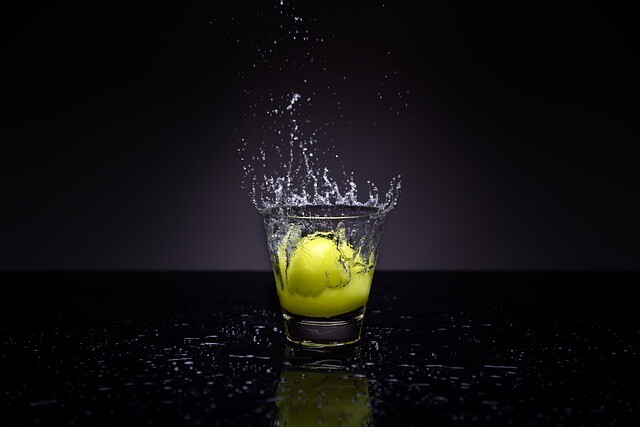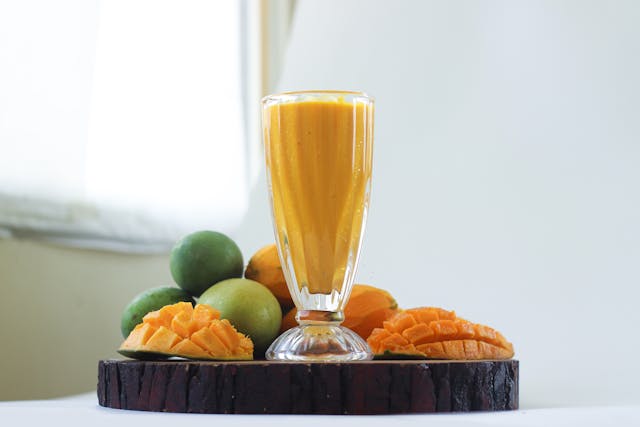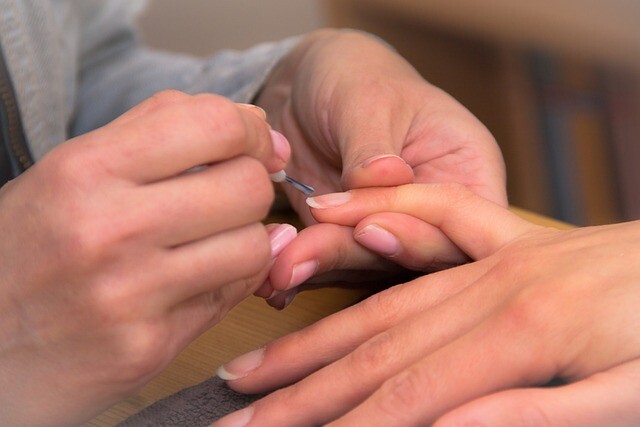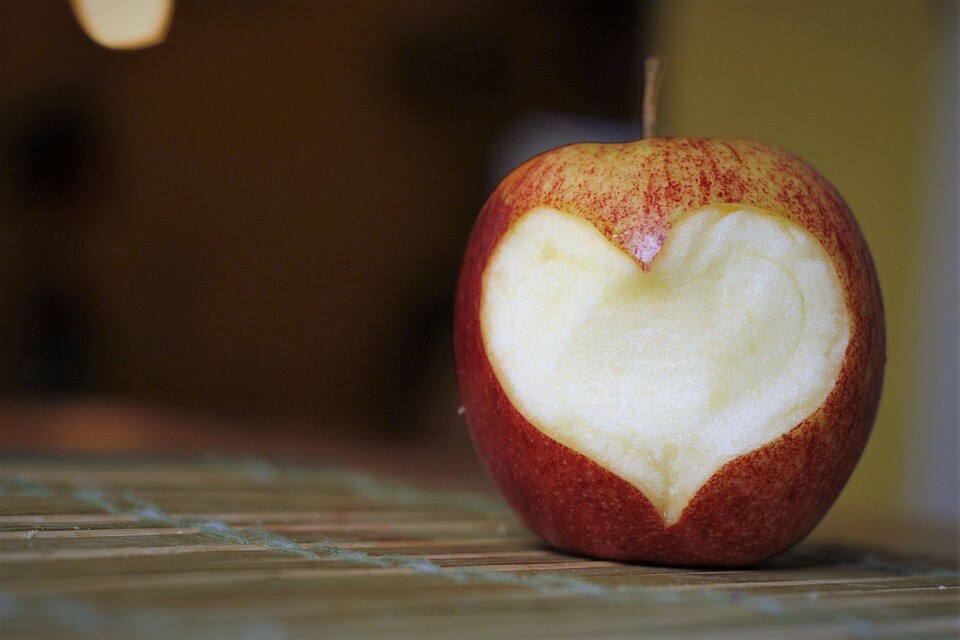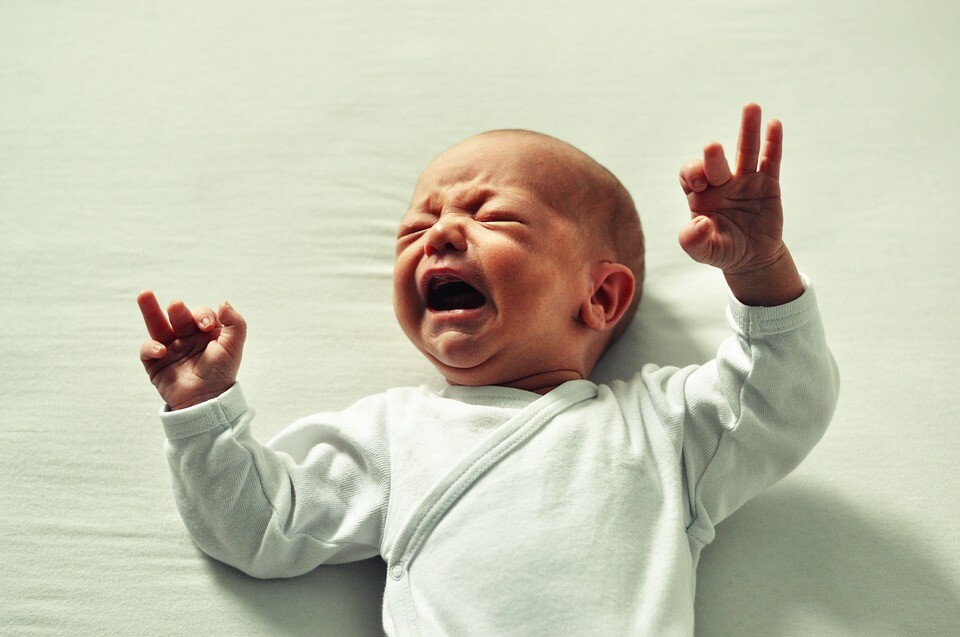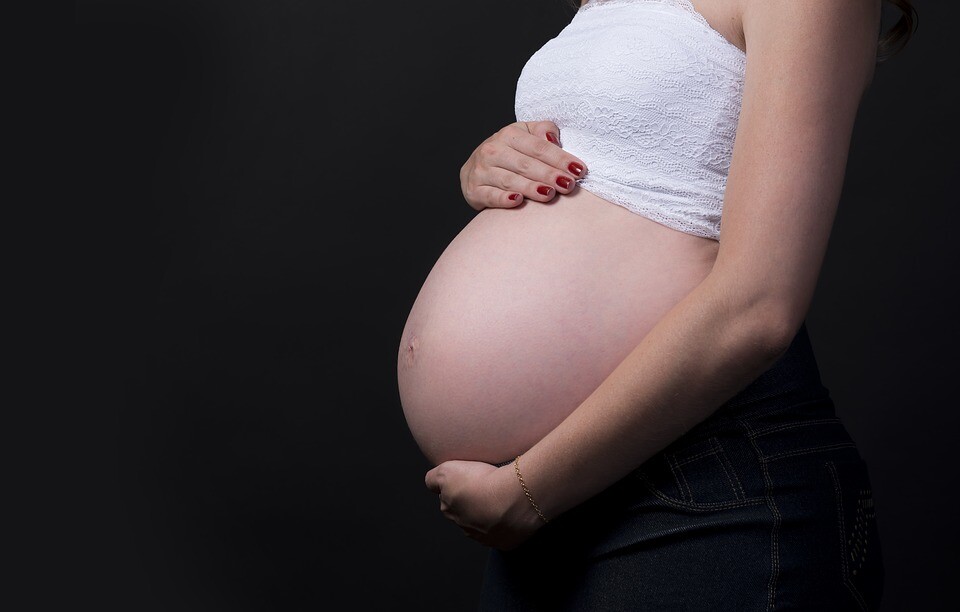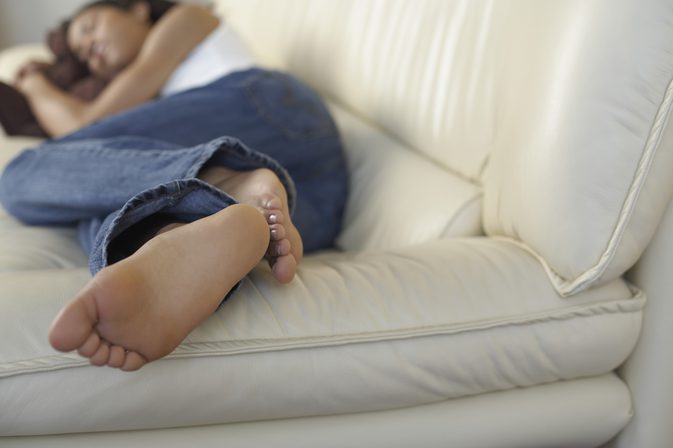What defines the shape of a fingerprint?
The results of the most comprehensive analysis to date have been presented by experts in the scientific journal Cell. The new information will help scientists understand the relationship between the characteristics of genes and human phenotypes, writes the science-education portal PhysOrg.com.
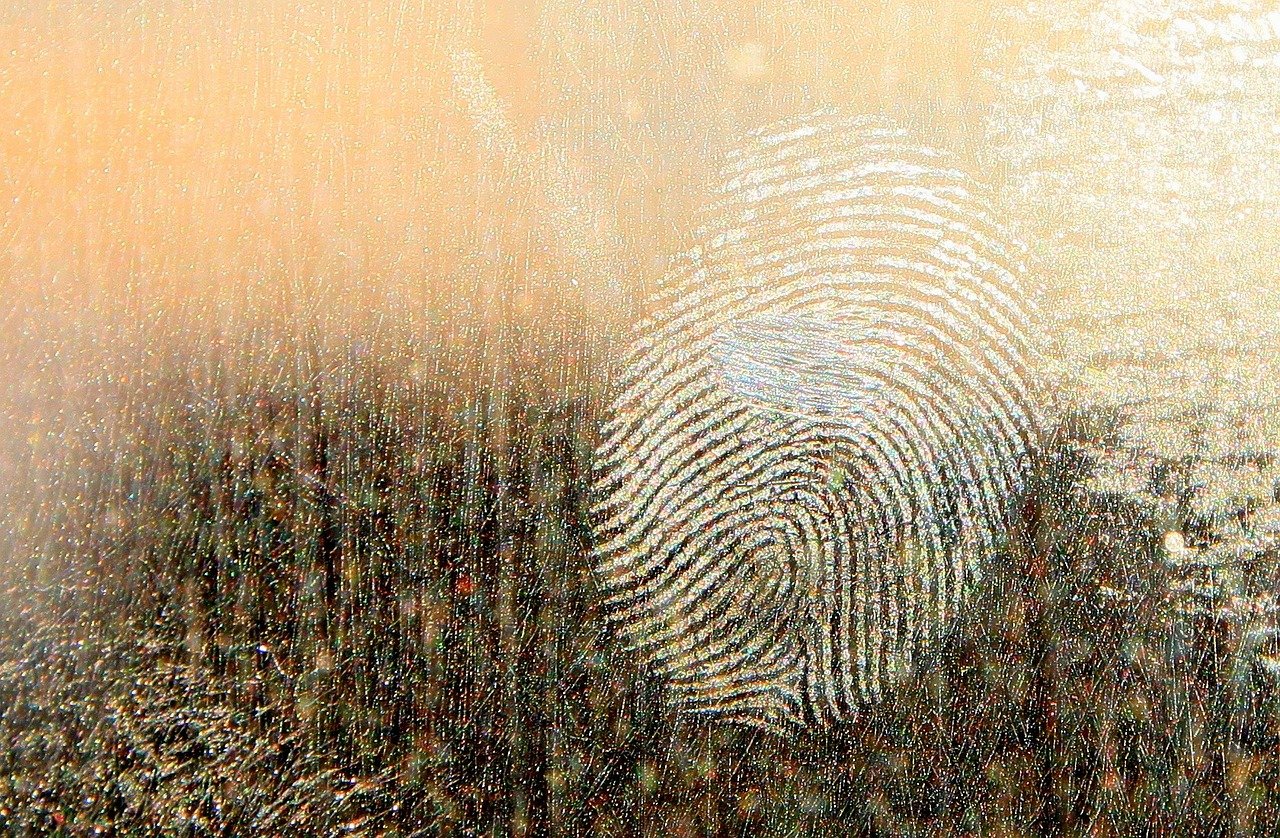
The researchers were driven only by curiosity at the beginning of their research. It was later revealed that the pattern of the fingerprint is related to the genes responsible for limb growth. These genes are critical in fetal development.
This is a classic example of pleiotropy, where multiple phenotypes are related and defined by the same gene, explained Sethia Vang, a geneticist at the Shanghai Institute of Nutrition and Health at the Chinese Academy of Sciences, one of the authors of the study.
Although each fingerprint is unique, there are basically three main types: arcuate, looped, and swirled. These furrows and ribs begin to form on the fingers and toes after the third month of pregnancy. Scientists have speculated that fingerprints may have formed to help capture objects and sense their texture. But there is no explanation yet as to exactly how these patterns developed.
Vang and colleagues analyzed the DNA of more than 23,000 people from different ethnic groups and found at least 43 regions in the genome that are related to the fingerprint pattern. One of the most influential regions has been shown to regulate the expression of a gene called EVI1, which is known for its role in embryonic limb development.
The link between the gene and the skin pattern was verified by scientists using mice.
Analysis of human DNA data revealed that the pattern of the fingerprint is genetically related to the length of the fingers. For example, those who have a swirling fingerprint on their little fingers have longer little fingers than those who do not have a swirling fingerprint on their little finger.
A geneticist at Fudan University in Shanghai, Qinxi Li, said it was not known exactly how genes shape the shape of fingerprints, but it is thought to be influenced by the force of growth on embryonic tissue. As the fetus' hands grow, his palms and fingers stretch. This force can turn a vortex into a loop, for example.
(Source: marmalade.co.uk; MTI | Image: pixabay.com)

